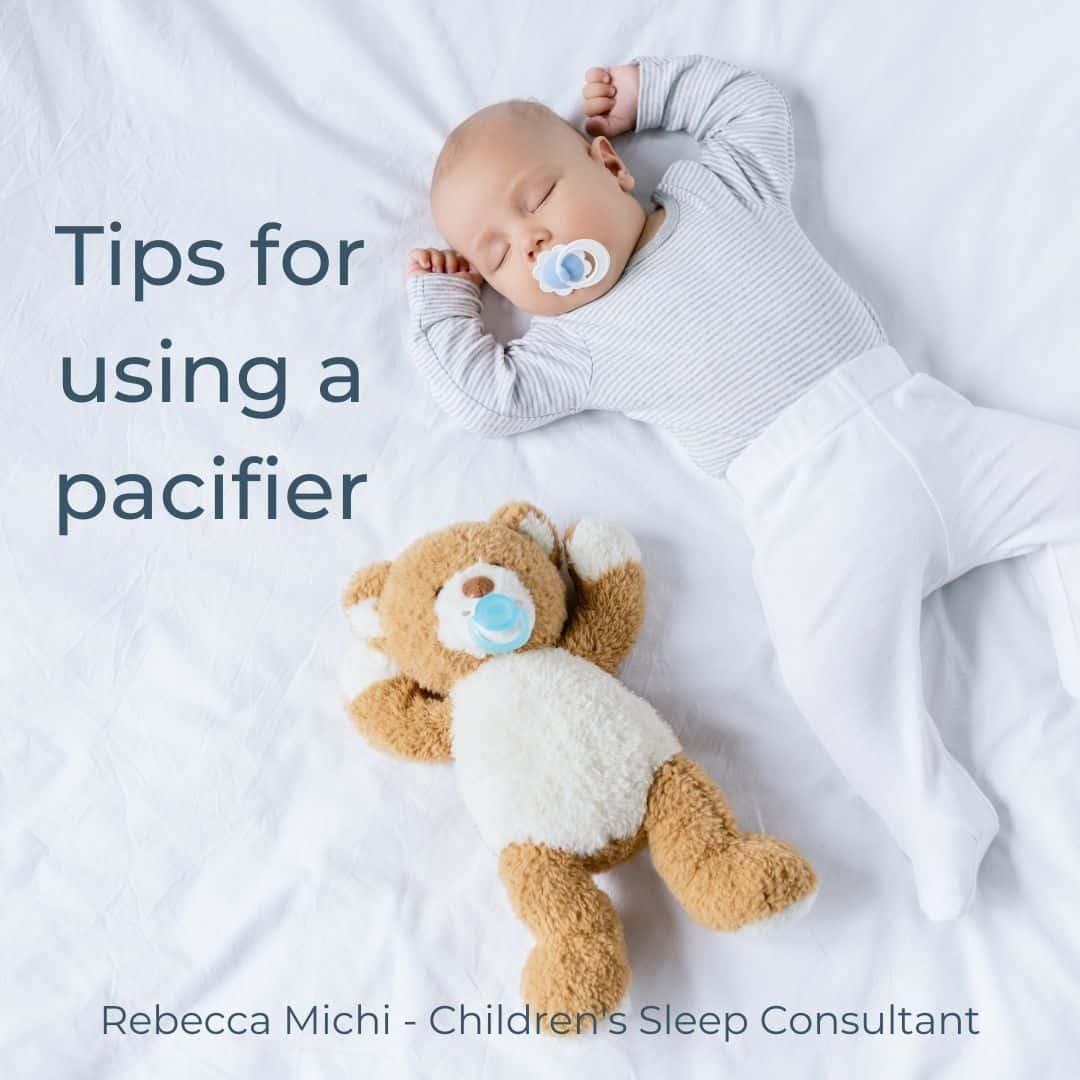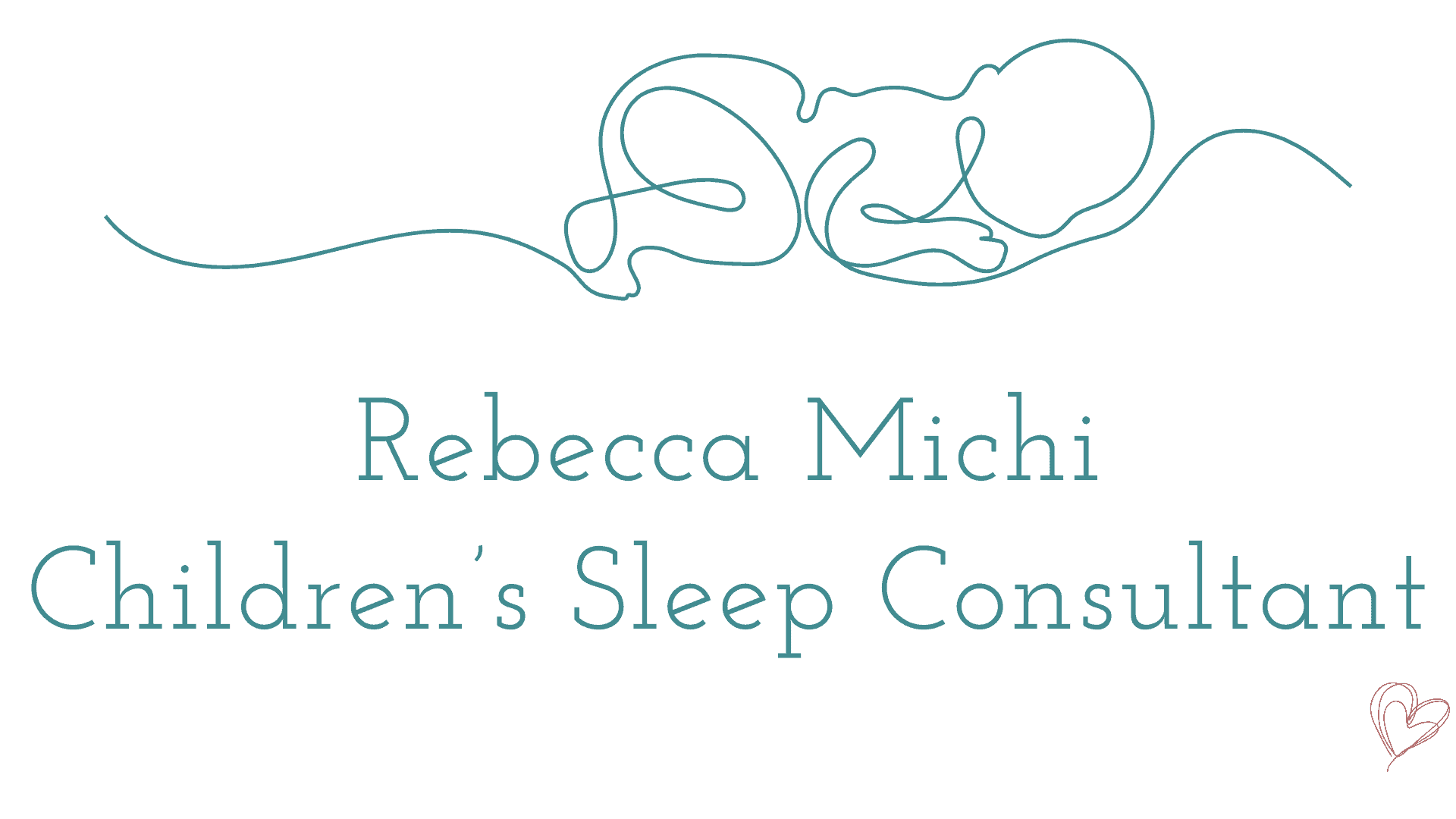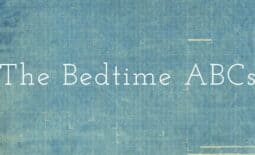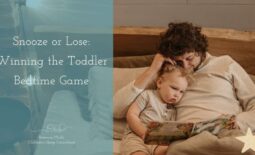Tips for using a pacifier
Does your baby use a pacifier? It tends to be something that parents either like or dislike, in my experience, and as with anything, it’s a personal choice. Don’t let anyone bully you into their way of thinking! But if you do use a pacifier, or you’re just not sure about them; hopefully, my guide on using them effectively will help.

Should you use a pacifier?
Again, this is up to you. If you have strong feelings, either way, go with them. If you’re not sure, then consider the following:
- Studies have shown that using a pacifier can help to reduce the risk of Sudden Infant Death Syndrome (SIDS).
- Reflux symptoms may be eased with a pacifier due to the extra saliva produced during the sucking, which then neutralises the acid.
Are there drawbacks to consider?
There are pros and cons to most things, and using a pacifier is no different. Therefore, it’s also worth considering:
- In some cases, you may be advised that breastfed babies should not use a pacifier to avoid nipple confusion. Usually, this is for the first six weeks, as feeding is established.
- Sucking on a pacifier can become a habit that can be hard to break. Be prepared for this!
- Some studies have suggested that using a pacifier is linked to ear infections, and guidelines advise stopping using it by 12 months.
Guidelines to using a pacifier
If you do decide to go ahead and give your baby a pacifier, follow these simple guidelines to ensure safety:
- Don’t force it- if your baby is not keen, leave it be.
- Never hold the pacifier in the mouth. If the baby is not sucking or is trying to push it out, then leave it.
- Use the pacifier in between feeds when you know the baby is not hungry. Never use in place of feeds (again, after 6 weeks of age, until just feed even if you don’t think they’re hungry).
- Don’t use pacifier ties or tie around baby’s neck. Specially designed clips are fine but shouldn’t be used whilst your child is sleeping.
- Always use a pacifier that is made for your baby’s age, and regularly check for wear. Replace regularly.
- Clean and sterilise the pacifier regularly.
- Don’t ‘clean’ the pacifier by putting it in your mouth! According to the American Dental Association, an adult mouth has bacteria that can cause cavities in a baby’s mouth.
When to get rid of the pacifier
Your baby may tell you when time is up on the pacifier, or you may need to decide. Some experts say that babies over the age of three months should not need a pacifier, but as a general rule, most babies will not need one at all by the age of 12 months, although sometimes getting rid of it can be difficult. The reason that 12 months is given as a definite marker for banishing the pacifier is due to concerns that prolonged use after this age could affect speech development. Many babies will already have given it up by this age, but if not, here are a few more reasons why you might want to think about giving it up:
- The longer your baby has it, the harder it’s going to be to give it up.
- Some dentists advise that prolonged use push the front teeth out.
- Baby’s ability to fall asleep independently can be affected.
How to get rid of the pacifier
When the time comes to say goodbye to the pacifier, the younger your baby is, the easier it will be. Some babies will naturally push it away or become frustrated at not being able to keep it in the mouth, in which case it might be a good idea to take them away altogether at that point. Certainly, if you have to get up to replace a lost pacifier, then the time is right to give up! Other babies maybe a little more attached, so here are two alternative methods for getting rid once and for all.
- Cold Turkey. Just as you suspected- get rid of all pacifiers in the house and do not be tempted to keep any back for naps or nighttime sleep only. This will be harder for some babies than others!
- Gradual withdrawal. Allow your baby to use the pacifier to soothe and settle, but gently remove it before they fall asleep. This will help baby to fall asleep independently, and if you use your sleep training methods each time they wake, without giving in to the pacifier, it shouldn’t be more than a week before the habit is broken.
- After 12 weeks of age, naps and nights are managed by different areas of the brain. This means that your child can use the pacifier for naps and not nights (or the other way around), and they shouldn’t have any confusion. This may make reducing pacifier use much easier.



